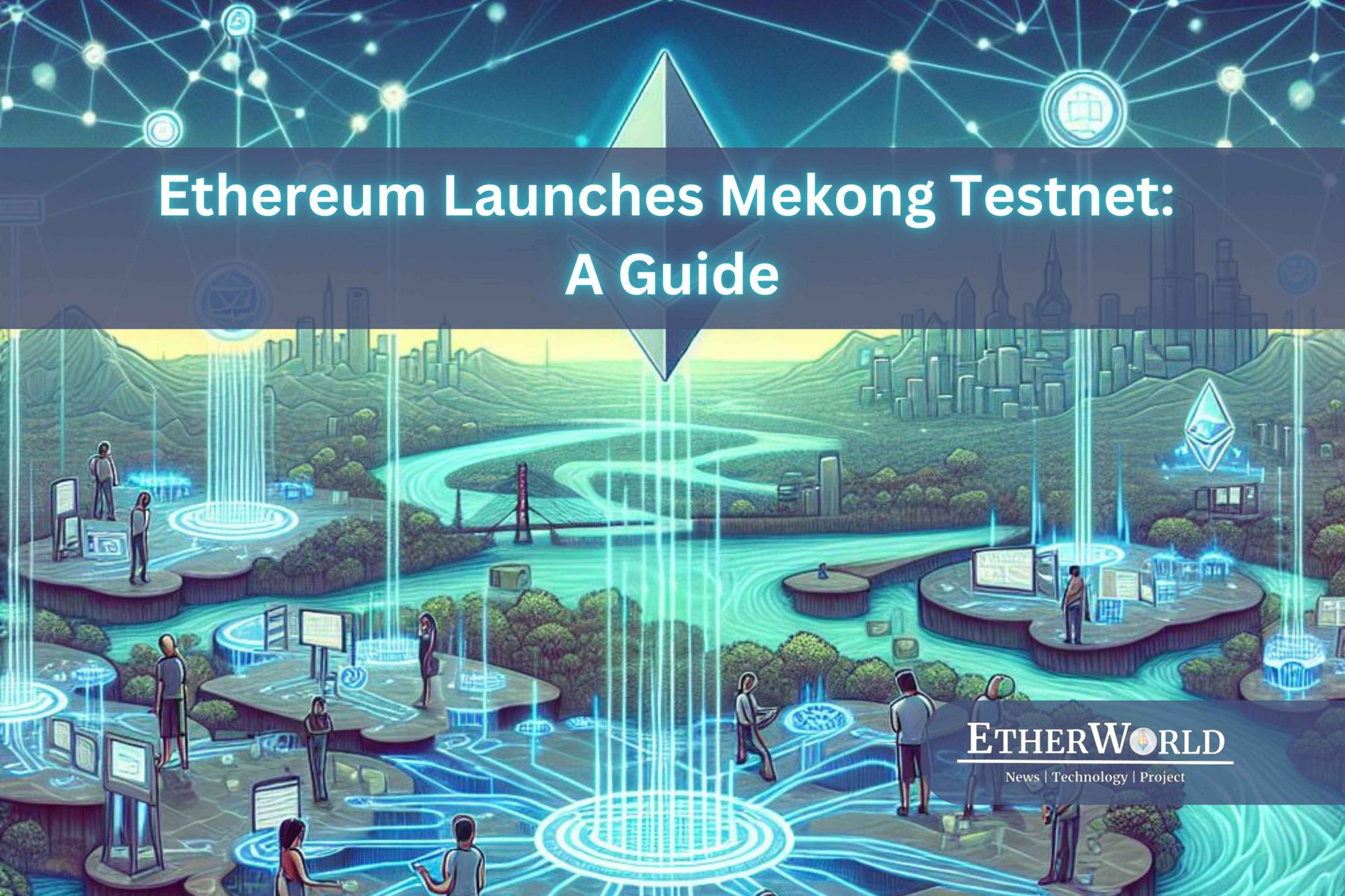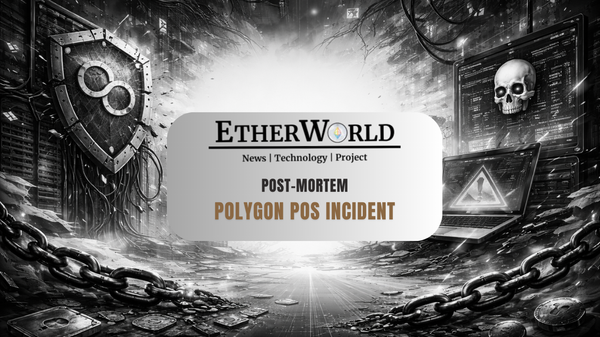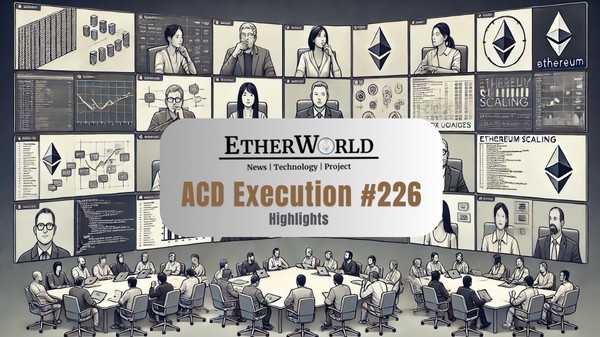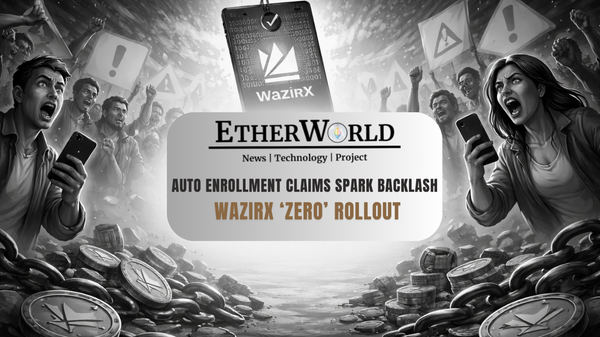Ethereum has just launched a new testnet called Mekong, and it's designed to help developers and stakers get a hands-on preview of upcoming changes in Ethereum's next big upgrade, Pectra. This testnet will be short-lived as discussed in the previous ACDC call, but it offers a valuable opportunity for everyone to test out new features before they’re rolled out on Ethereum’s main network.
What’s Special About Mekong?
The Mekong testnet lets developers experiment with several key updates that will be part of the Pectra upgrade. These updates include:
Improved User Experience (UX) for Wallets: Through a proposal, EIP-7702, wallet developers will be able to try out new ways to make Ethereum wallets more user-friendly. This means smoother interactions for everyone using Ethereum wallets.
Changes to Ethereum Staking: If you're someone who stakes ETH, there are some important changes coming to how staking works. These updates are designed to improve the deposit and withdrawal processes for stakers. The Mekong testnet is the first place where you can try out these new staking features.
Deposit and Exit Mechanisms: The way you make deposits and exit from staking is also changing. New Ethereum Improvement Proposals (EIPs) like EIP-6110 and EIP-7002 will simplify and streamline these processes.
The Ethereum Foundation says that while the testnet is feature-complete, there may be some small tweaks along the way as developers provide feedback. All the features tested here will eventually be added to public testnets and then to Ethereum’s main network.
As a pre-devcon treat, @ethPandaOps just launched a short-lived Pectra testnet: Mekong ?️
— timbeiko.eth (@TimBeiko) November 7, 2024
You can use it to try out EIP-7702, MaxEB consolidations, and more ? https://t.co/GVbT9spDr5
Why the Name ‘Mekong’?
The testnet is named after the Mekong River, which flows through Southeast Asia, including countries like Thailand, Cambodia, and Vietnam. This name ties into the upcoming Devcon event, which will take place in Bangkok. So, the testnet is a bit of a "pre-Devcon treat" for the Ethereum community.
How to Get Involved with Mekong
If you’re curious about trying out the Mekong testnet, here’s how you can get started:
For Wallet Developers:
If you develop wallets, the testnet is a great chance to explore the new UX features from EIP-7702. It’s important to understand these changes now so that wallets can support them once they’re live on the main network. Your feedback will be very valuable to improve these features.
Running a Node:
If you’re familiar with Ethereum and want to run a node on the Mekong testnet, you can follow a detailed guide on how to set up both the Execution and Consensus layer nodes. It’s very similar to what you do on Ethereum’s mainnet, just for this temporary testnet.
For Stakers:
If you’re staking ETH, the Mekong testnet will let you test the new deposit and withdrawal methods. There’s a lot of interest in how these will work, so it’s a great chance to get familiar with the changes and provide feedback.
How is it Affecting the Mainnet
Ethereum’s new Mekong testnet isn’t going to disrupt the main Ethereum network or other testnets like Holesky or Sepolia. Think of it as a “testing sandbox” where developers and stakers can explore the changes coming with the Pectra Fork. The feedback and testing that happens here will help guide the final rollout on Ethereum’s mainnet, but it won’t affect the main network directly.
For those who operate nodes but aren’t involved in staking, you don’t have to worry about making any changes unless you want to try out Mekong for yourself. If you’re interested, there’s a guide with setup instructions, which can give you a hands-on preview of the new features.
Developers who create Ethereum-based apps and tools are encouraged to explore the testnet’s updates, especially the user experience improvements designed for wallet interactions. Getting familiar with these changes now can help ensure that apps are ready to support the new features once they go live.
As for stakers, Mekong provides the first look at a redesigned staking workflow, including new deposit and withdrawal options. It’s a great opportunity to get comfortable with these changes early, which could make the transition smoother when Pectra officially launches. The Mekong testnet FAQ even provides a step-by-step on how to activate a validator, so stakers have everything they need to jump in and start experimenting.
Why Is This Important?
The Mekong Testnet is a chance for everyone to get hands-on with the upcoming Pectra Fork. Whether you’re a wallet developer, staker, or just an Ethereum enthusiast, testing these changes now will help ensure a smooth rollout when they hit the Ethereum mainnet. So, take this opportunity to experiment, share your feedback, and be a part of shaping the future of Ethereum!
Disclaimer: The information contained in this website is for general informational purposes only. The content provided on this website, including articles, blog posts, opinions, and analysis related to blockchain technology and cryptocurrencies, is not intended as financial or investment advice. The website and its content should not be relied upon for making financial decisions. Read full disclaimer and privacy Policy.
For Press Releases, project updates and guest posts publishing with us, email to contact@etherworld.co.
Subscribe to EtherWorld YouTube channel for ELI5 content.
Share if you like the content. Donate at avarch.eth
You've something to share with the blockchain community, join us on Discord!
Follow us at Twitter, LinkedIn, and Instagram.








